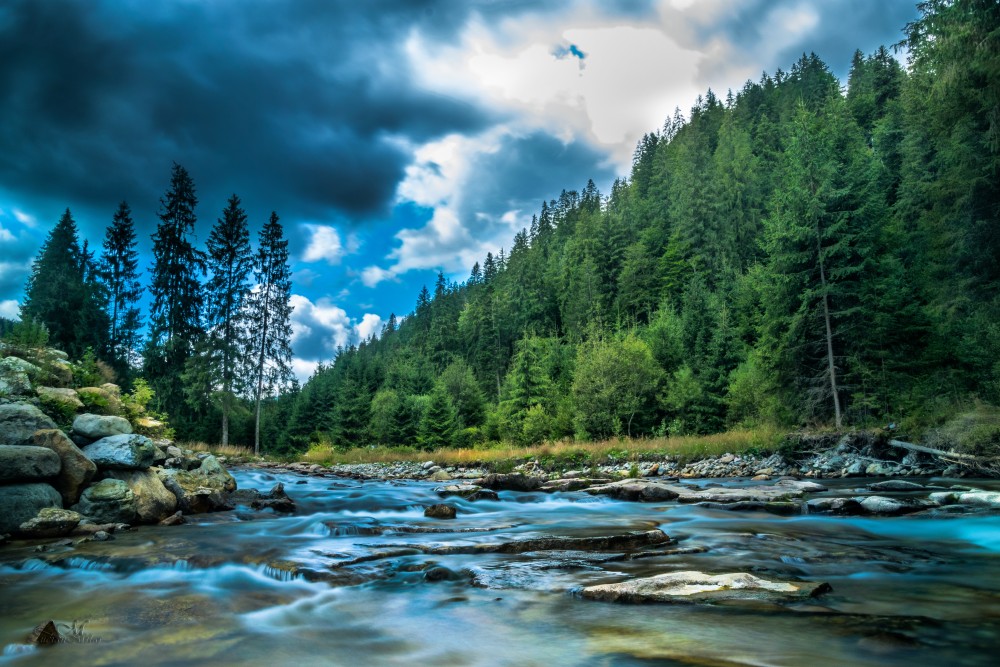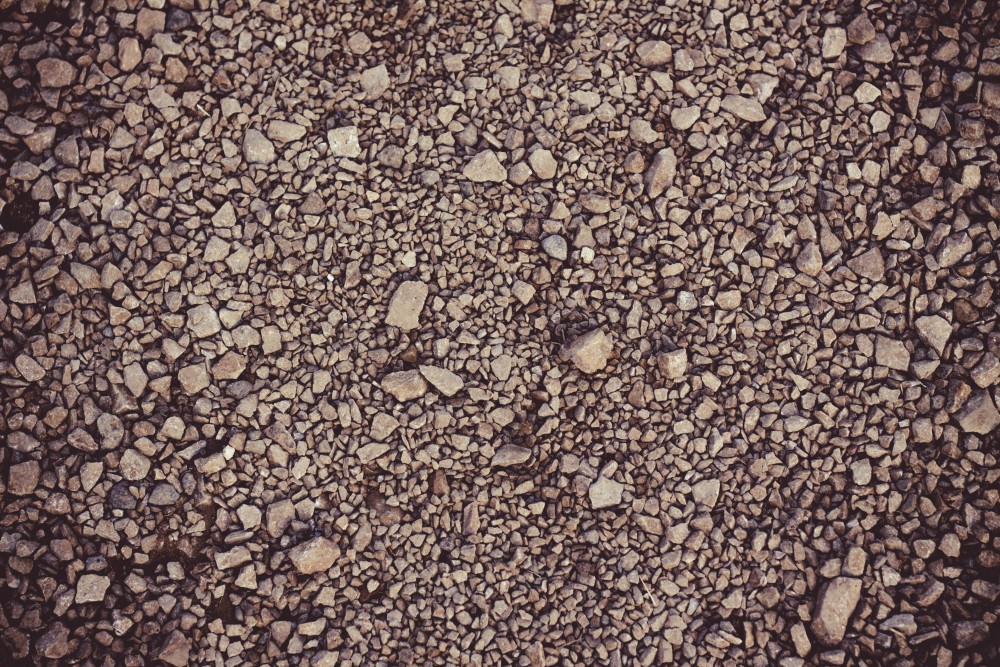Rock Solid
Northeast Wisconsin quarries provide the world with dependable, durable limestone
 Geology affects us every day – societally, historically, as consumers and even as drivers. Yet the age-old stones underground that quarry companies manufacture to cover our roads and landscape businesses and houses are often the subjects of mystery. According to Joanne Klussendorf, geologist and director of the Weis Earth Science Museum in Menasha, there’s a lot we can learn from the geology of quarries.
Geology affects us every day – societally, historically, as consumers and even as drivers. Yet the age-old stones underground that quarry companies manufacture to cover our roads and landscape businesses and houses are often the subjects of mystery. According to Joanne Klussendorf, geologist and director of the Weis Earth Science Museum in Menasha, there’s a lot we can learn from the geology of quarries.
There’s especially a lot to learn about stone here in Eastern Wisconsin, which uniquely produces some of the most durable, hard-to-produce limestone in the world.
According to Klussendorf, this regionally produced stone is called dolomite, or dolomitic limestone, and what distinguishes it is the presence of magnesium, which makes it much more durable than average limestone. The stone, typically used for commercial wall paneling, stairs, flooring and fireplaces, is popular for stone companies to quarry due to its excellent building quality.
“The [dolomitic] limestone is unique,” says Barry Gesell, president of Eden-Valders Stone based in Eden and Valders, Wisconsin. “That’s kind of the [difficult] product to find and the dolomitic limestone is the hardest limestone found in the world.”
While dolomitic limestone is also mined in other areas across the Niagara escarpment (which runs through Ontario, Wisconsin, Illinois, Michigan and New York), Wisconsin’s quarries have the largest quantity and are most likely to have the purest dolomite, which makes the difference between a stone that stands the test of time and one that crumbles under pressure.
“It turns out that the Silurian-period rocks in Wisconsin and Illinois and some other parts of the Midwest were dolomitized,” Klussendorf says, “so there is a lot of dolomite around, but Wisconsin is a place where most of the limestone from that period was dolomitized.”
Bill Halquist, owner of Halquist Stone in Sussex, Wisconsin, says a lot of stones that aren’t as durable are mixed with clay, shale and dirt.
“They’re not really a pure limestone, so if you try to work it for building stone or cut it, it falls apart, not because the limestone itself is bad, but it may only be 75 percent [pure], and the rest is mud or something else,” he says.
Dolomite is also very popular in Canada, California and New York, and Eden-Valders has even exported the stony pieces of Eastern Wisconsin as far out as Hong Kong, Japan and the Caribbean.
“If you watch the beginning of the show ‘Boston Legal,’ we did stone in front of the Boston courthouse,” Gesell says, “and at the beginning of the 30-second intro they would show that, and it’s like, ‘Oh, man, that’s our stone on that courthouse.’ It’s awesome knowing what comes right out of Wisconsin is shipped coast to coast. It’s a special feeling.”
But the stone is also well known in the building industry stateside, being especially popular within a 500-mile radius of Sussex, according to Gesell. In fact, Eden-Valders Stone has done a number of projects here in the Fox Valley.
“Right on Wisconsin Avenue by the mall [in Appleton], we did Bank First National, we did all the stone on that building,” Gesell says. “We do a number of products on Apple Creek Subdivision right off of Ballard Road. Fox Valley Stone and Brick represents our product there.”
However, Klussendorf says people often don’t make the connection between the manufactured stone and the geological process that began in Wisconsin 430 million years ago that made those stones what they are today.
“It’s 11 tons per aggregate [of road] for every man, woman, and child for every year we [drive] on it and yet people … take it for granted,” Klussendorf says.
 Without the lengthy geological processes that occurred long ago, the stone buildings and houses and the roads we drive on wouldn’t exist as they do now.
Without the lengthy geological processes that occurred long ago, the stone buildings and houses and the roads we drive on wouldn’t exist as they do now.
“[430 million years ago] would have been a time when we were covered by shallow seas,” Klussendorf says, “and you get lime mud deposited on the seafloor when that’s happening, [which] will turn to limestone over time. It’ll get hard and turn into a solid rock, and then at some point in time you can get chemical changes happening in that rock and that’s when the dolomite gets added.”
The historical significance doesn’t stop in prehistory, Klussendorf says, for the quarrying industry also partially explains the cultures and ethnic groups that live in Wisconsin today, when stone work was one job that brought in immigrants to Wisconsin around the 1920s. In fact, this is how Halquist Stone originated.
“My great-grandfather learned the trade [88 years ago],” Halquist says. “As a laborer, he came from Sweden, basically as a migrant worker. Back in the day, he made curbing stones. But then in the ‘20s, curbing stones went away because they learned how to create ready-mix concrete, [which] made people lose their jobs, so he ended up buying a quarry in Sussex, [Wisconsin] … and it became very popular.”
Klussendorf thinks quarries make for great educational tools because they visually exemplify geology’s historical and modern significance, as well as the science behind it.
“It’s a nice visible, easily accessible, easily understandable starting point to get exposed to geology,” she says. “You can see how they’re layered, what the dolomite looks like, what changed throughout this time, how sediment turned to rock over time, and it’s all textbook, it really is a textbook that you can touch the pages on, and it’s accessible to families actually. It gives them a sense of place.”
Not only does seeing the stones firsthand teach people about geology, but it’s also good for marketing. Scott Buechel, the second-generation owner of Buechel Stone in Chilton, Wisconsin, emphasizes the importance of getting people to see what the quarries have to offer.
“You want to get people here so they can start looking at the stone,” Buechel says. “Clients can come here, they can see it, they can touch it, they can feel it so they get a good vision of what it’s going to look like before it’s even installed.”
Many local quarries hold the answers to questions about our past as well as our present.
“These quarries play a role in education so that places like the museum can [take] the obscure and make it relevant in people’s lives,” Klussendorf says. “People see the stones on the buildings and are curious, and we can answer those questions and put those things in perspective and it even gives us those historical perspectives.”










Leave a Comment